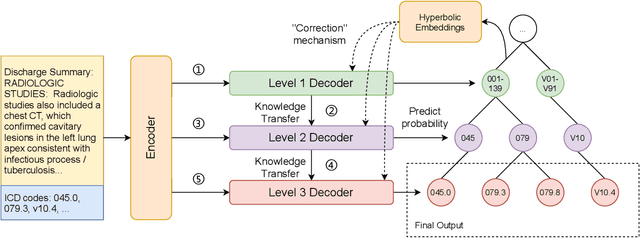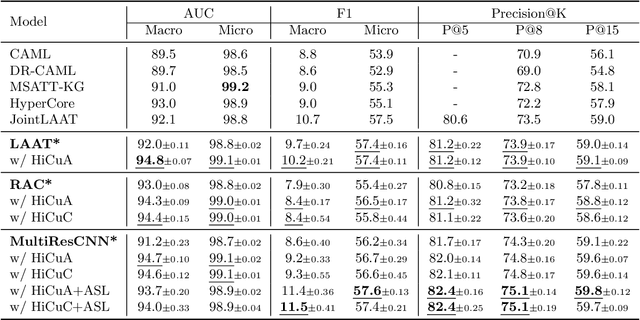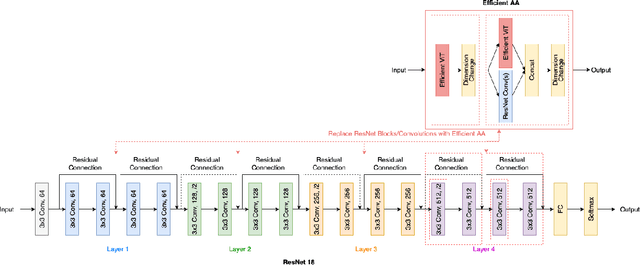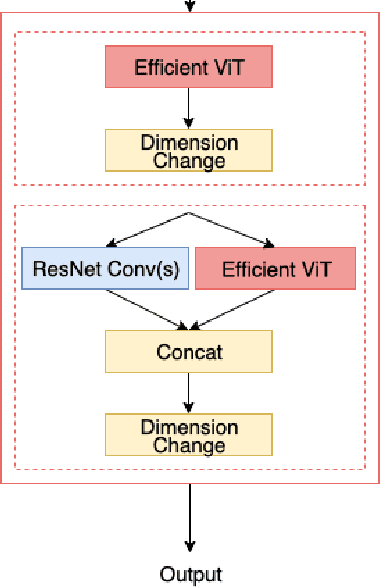Tianshu Zhu
QDyLoRA: Quantized Dynamic Low-Rank Adaptation for Efficient Large Language Model Tuning
Feb 16, 2024



Abstract:Finetuning large language models requires huge GPU memory, restricting the choice to acquire Larger models. While the quantized version of the Low-Rank Adaptation technique, named QLoRA, significantly alleviates this issue, finding the efficient LoRA rank is still challenging. Moreover, QLoRA is trained on a pre-defined rank and, therefore, cannot be reconfigured for its lower ranks without requiring further fine-tuning steps. This paper proposes QDyLoRA -Quantized Dynamic Low-Rank Adaptation-, as an efficient quantization approach for dynamic low-rank adaptation. Motivated by Dynamic LoRA, QDyLoRA is able to efficiently finetune LLMs on a set of pre-defined LoRA ranks. QDyLoRA enables fine-tuning Falcon-40b for ranks 1 to 64 on a single 32 GB V100-GPU through one round of fine-tuning. Experimental results show that QDyLoRA is competitive to QLoRA and outperforms when employing its optimal rank.
HiCu: Leveraging Hierarchy for Curriculum Learning in Automated ICD Coding
Aug 03, 2022



Abstract:There are several opportunities for automation in healthcare that can improve clinician throughput. One such example is assistive tools to document diagnosis codes when clinicians write notes. We study the automation of medical code prediction using curriculum learning, which is a training strategy for machine learning models that gradually increases the hardness of the learning tasks from easy to difficult. One of the challenges in curriculum learning is the design of curricula -- i.e., in the sequential design of tasks that gradually increase in difficulty. We propose Hierarchical Curriculum Learning (HiCu), an algorithm that uses graph structure in the space of outputs to design curricula for multi-label classification. We create curricula for multi-label classification models that predict ICD diagnosis and procedure codes from natural language descriptions of patients. By leveraging the hierarchy of ICD codes, which groups diagnosis codes based on various organ systems in the human body, we find that our proposed curricula improve the generalization of neural network-based predictive models across recurrent, convolutional, and transformer-based architectures. Our code is available at https://github.com/wren93/HiCu-ICD.
EAANet: Efficient Attention Augmented Convolutional Networks
Jun 03, 2022



Abstract:Humans can effectively find salient regions in complex scenes. Self-attention mechanisms were introduced into Computer Vision (CV) to achieve this. Attention Augmented Convolutional Network (AANet) is a mixture of convolution and self-attention, which increases the accuracy of a typical ResNet. However, The complexity of self-attention is O(n2) in terms of computation and memory usage with respect to the number of input tokens. In this project, we propose EAANet: Efficient Attention Augmented Convolutional Networks, which incorporates efficient self-attention mechanisms in a convolution and self-attention hybrid architecture to reduce the model's memory footprint. Our best model show performance improvement over AA-Net and ResNet18. We also explore different methods to augment Convolutional Network with self-attention mechanisms and show the difficulty of training those methods compared to ResNet. Finally, we show that augmenting efficient self-attention mechanisms with ResNet scales better with input size than normal self-attention mechanisms. Therefore, our EAANet is more capable of working with high-resolution images.
 Add to Chrome
Add to Chrome Add to Firefox
Add to Firefox Add to Edge
Add to Edge